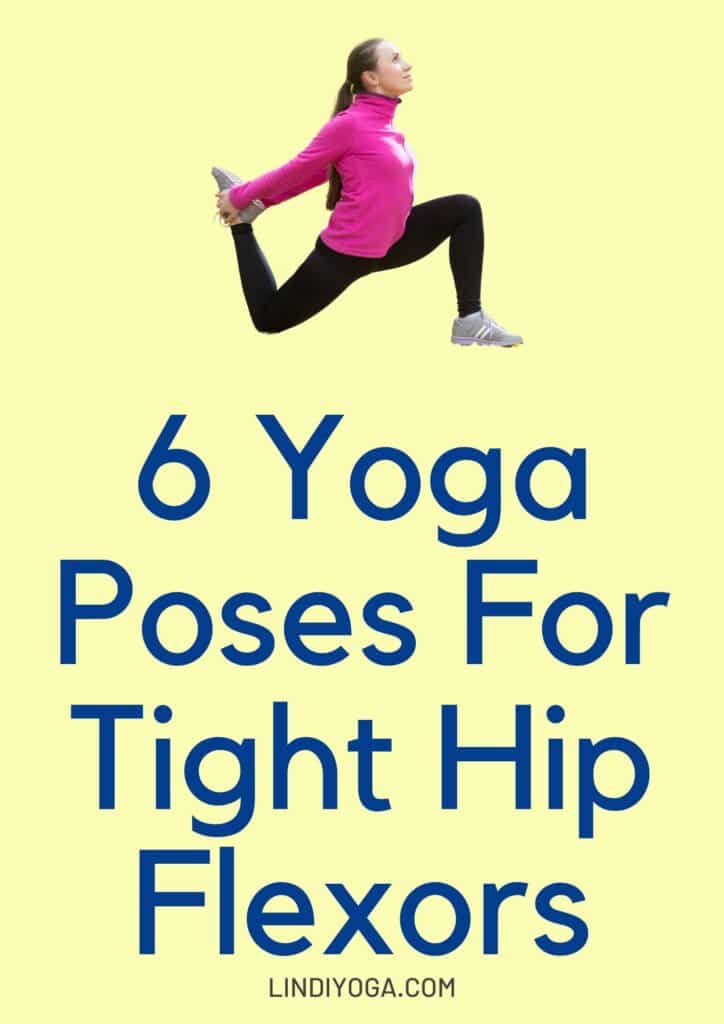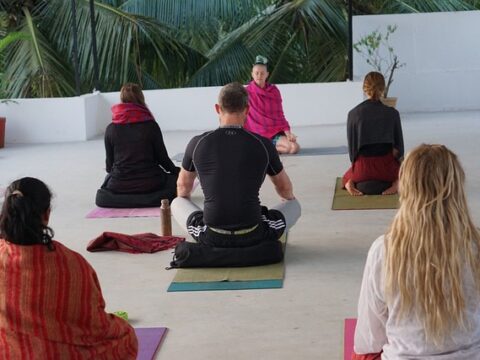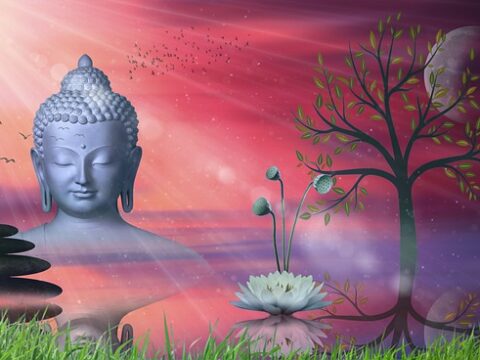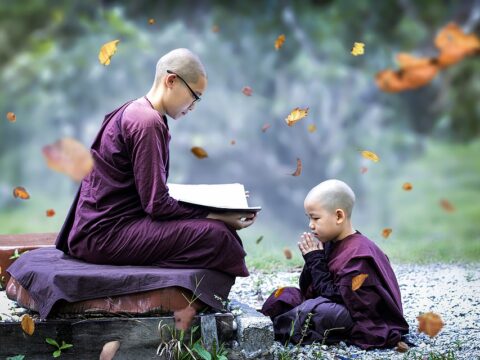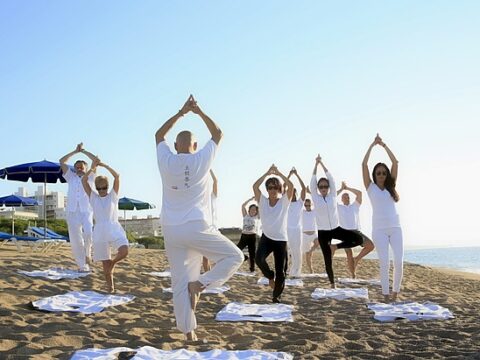Hip opener stretches with yoga for tight hip flexors. Tight hip flexors can be caused by a variety of factors. For example, if you sit too much or have poor posture, these muscles can shorten.
This can cause lower back pain and affect the natural shape of your spine. If you find that your hip flexors are not as strong as they could be, you should see a doctor or physical therapist. There are yoga exercises you can do to stretch your tight muscles.
The iliopsoas muscle is one of the most common culprits of tight hip flexors. It is the muscle that connects the spine to the lower limbs. When you sit all day, especially at a desk, the iliopsoas muscle shortens.
Podcast
Some athletes, such as runners, are also prone to tight hip flexors. Because of their repetitive movements, the iliopsoas shortens and can’t compensate for the lengthening motion.
Tight hip flexors are a common symptom of overworked muscles. They can be a sign of hamstring stretching and lead to other health problems.
They can also indicate problems in the core, pelvic floor and back. It’s important to understand what causes tight hip flexors so you can treat them appropriately.
Using a foam roller is an inexpensive and effective way to stretch your muscles and relieve pain. Inverted plank positions with the foam roller under one hip and rolling your hips up and down are two simple and effective stretches for your hip flexors.
You should try different yoga positions. One of them is the pigeon pose, where you pull one knee forward and extend the other backward.
Hip Opener Stretches To Prevent Tight Hip Flexors
Tight hip flexors can be quite uncomfortable, especially if you spend most of your day sitting. Even if you don’t sit for long periods of time, it’s important to keep your hip flexors loose and relaxed.
There are a number of causes of tight hip flexors. One of the most common causes of tight hip flexors is poor activation of the abdominal muscles, which can lead to muscle spasms and pain.
The best treatment for tight hip flexors is to strengthen them and protect them from injury. You should avoid lifting heavy weights if you suffer from tight hip flexors.
This can lead to injuries that make it difficult to maintain an active lifestyle.
To determine the cause of your tight hips, a doctor or physical therapist will perform a thorough examination. There are a number of causes of tight hips, including muscle tension, joint arthropathies and lifestyle factors.
Manual therapy is an excellent treatment option for tight hips because it mobilizes the soft tissues and improves circulation to the area.
Stretching your hip flexors
If you have tight hip flexors, you should try a stretch to loosen them up. Not only will you feel more comfortable while exercising, but you’ll also reduce your risk of injury. These stretches are especially important for people who sit for long periods of time.
The hip flexors are a group of muscles in the hip that help you bend your knee and move your leg. They are actually made up of two separate muscles, the psoas and iliacus, which attach to the pelvis and femur.
When these muscles are weakened, you may experience general pain and discomfort when walking, running or bending your hip.
Taking over-the-counter pain medications can help relieve the pain associated with the hip flexors. However, it is important to talk to your doctor before taking any pain medications. It’s also important to follow your doctor’s recommendations to avoid injury and receive proper treatment.
If you are concerned about tight hip flexors, you may want to see a physical therapist. These professionals can help you find the right treatment for your clients.
Depending on the type of tight hip flexor, you may need to stretch and strengthen these muscles. If you’re not sure, consult a physical therapist or personal trainer.
The hip flexors are a very important muscle group in your body. If you don’t strengthen them, you could suffer from various health problems and affect your quality of life. You can build and maintain strong hips by performing some simpleYoga exercises.
6 Hip Opener Stretches Yoga Poses
It is recommended that you consult a doctor or yoga instructor before performing these exercises.
Camel Pose (Ushtrasana)
The yoga camel pose, also known as Ushtrasana, is a back-bending exercise in yoga. It is one of the most challenging poses and requires strength and flexibility to perform. However, it is worth the effort to master it.
The Camel Pose hip opener stretches not only your hip flexors, but also your abdomen, chest, shoulders, and the front of your thighs (quadriceps)
- Kneel on your mat with your knees hip-width apart and your hips directly above your knees. Press your shins and the tops of your feet into the mat.
- Place your hands on your hips, thumbs on your sacrum. Turn your thighs inward and press them toward each other.
- Inhale and extend your tailbone toward your knees to create space between your lower vertebrae. Lift your sternum and draw your elbows toward each other so that your chest expands.
- Place your right hand on your right heel and then your left hand on your left heel.
Raise your shoulders to allow the muscles between your shoulder blades to lift. - To exit the pose, bring your hands to your hips and slowly raise your torso while pressing your thighs to the floor.
Bow Pose (Dhanurasana)
Bow pose allows you to open both hips at the same time while stretching the back muscles and opening the front of the body.
Bow pose is one of the most basic yoga poses. You begin lying on your stomach with your knees bent and your heels turned inward toward your buttocks.
Beginners can hold on to their ankles and lift off the floor, while experienced yogis can start with their thighs and chest off the floor. The pose is designed to increase flexibility of the spine and digestive system.
- Lie on your stomach and bend your knees to bring your heels close to your buttocks. Reach back to grasp your ankles.
- Inhale and lift your heels away from your buttocks as you lift your thighs to raise your head and torso off the floor. Press your shoulder blades firmly against your back to open your heart. Remember to keep breathing.
Lord of the Dance (Natarajasana)
This pose opens your chest, stretches your hips and improves balance. Yoga Dancer pose is a great way to stretch your legs and improve balance and digestion.
Inspired by Lord Shiva, this pose can improve your strength, flexibility and overall health. This pose can also help you develop a positive outlook on life. While practicing, you may find that you feel less stressed and more energized. This pose will also help you become more flexible and toned.
- Stand in Mountain Pose. Then shift your weight towards your right foot. Next bend your left knee and lift your heel toward your left buttock.
- Then go with your left hand to the back and grasp the outside of your left foot or ankle and lift your foot off the ground. If you cannot reach your foot, use a strap.
- Raise your left thigh so that it is parallel to the floor. Extend your right arm forward and keep it parallel to the floor.
- Keep this posture for about 30 seconds.
Bridge Pose (Setu Bandha Sarvangasana)
Bridge pose is an invigorating pose that strengthens the back and abdominal muscles. It also opens up the chest and lower body. To get the full benefits of this pose, start with a light warm-up before trying it.
If you need more support in the bridge pose, slide a block or pillow under your sacrum and rest your pelvis on it.
- Lie on your back, bend your knees and place your feet on the floor, heels as close to your sit bones as possible.
- Inhale and press your feet and arms into the floor as you lift your tailbone. Keep your thighs and inner feet parallel. Interlace your hands under your back.
- Lift your buttocks until your thighs are about parallel to the floor. Push your knees forward as you extend your tailbone toward the back of your knees.
- Lift your chin slightly and press the top of your sternum toward your chin.
- Remain in this posture for up to 1 minute. Slowly roll down to the floor as you exhale.
Low Lunge (Anjaneyasana)
The low lunge is one of the most popular back-bending asanas in modern yoga. It is also known as crescent moon pose or Ashwa Sanchalanasana. It is a great way to strengthen your muscles and improve your flexibility.
This pose stretches the thighs and groin and opens the hips.
- Exhale from downward facing dog, then place your right foot forward between your hands, aligning your right knee over your heel. Bring down your left knee to the floor.
- Push your left foot back until you feel a comfortable stretch. Rotate the top of your left foot toward the floor.
- Inhale and lift your chest as you extend your arms upward. Pull your tailbone down to the floor and lift your chest.
- Look up and make sure your neck is not pinched. Extend your little fingers up to the ceiling. Hold the position for up to one minute.
Lizard Pose (Utthan Pristhasana)
Lizard pose helps you open up your hips and increase your range of motion and flexibility. This pose is especially helpful for athletes who suffer from stiff hips, as well as runners and cyclists.
It is a great way to release toxins from your body and relieve tight muscles and joints.
- The lizard pose stretches the outer hip muscles (adductors), including the gluteus medius.
- From a high lunge, support yourself with both hands on the floor on the inside of your right foot.
Stay in this position, or place your forearms on the floor for a deeper stretch. - Stay in this position for up to 10 breaths.
